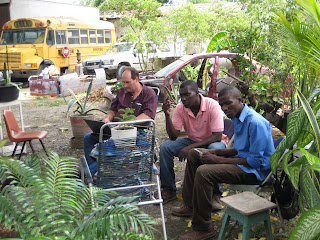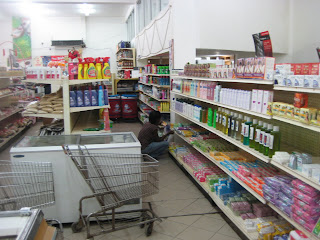Thank you

I would like to thank Meghan Oivier, Benito Jasmin, Papy, Anderson, and Charlie for insuring my visit was so enjoyable. My wife Sydne Spencer for her support. And Sibyl Wright with USDA Food Safety Inspection Service for her moral support and making sure we had meat thermometers for seminars on food safety trainings. I strongly believe rabbit production and food security have a future in Haiti.













.jpg)